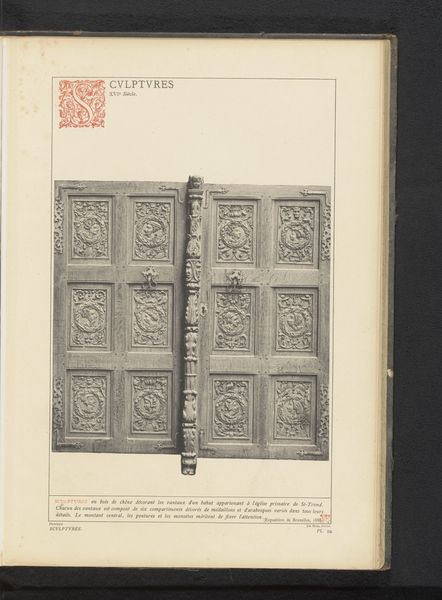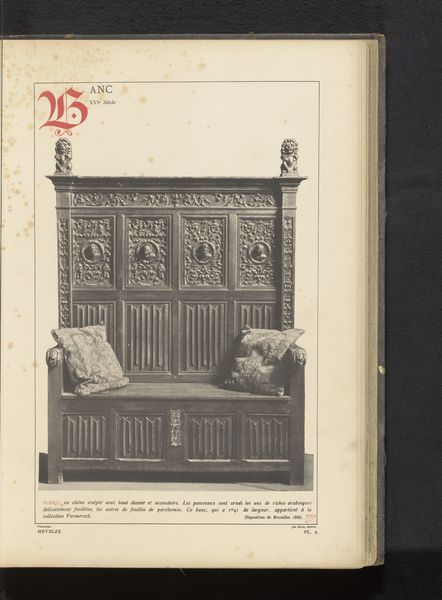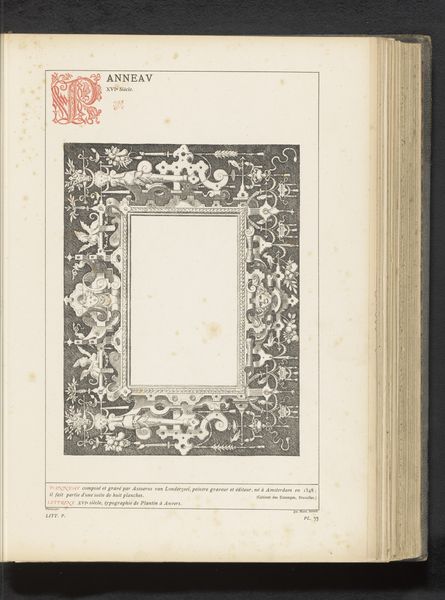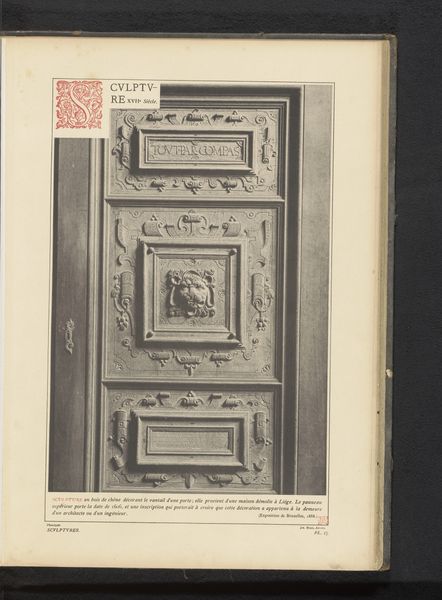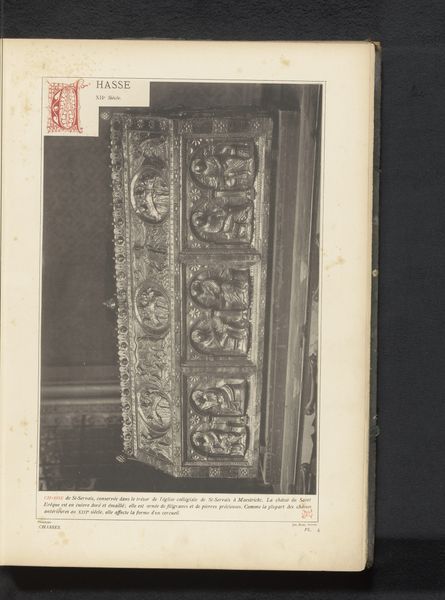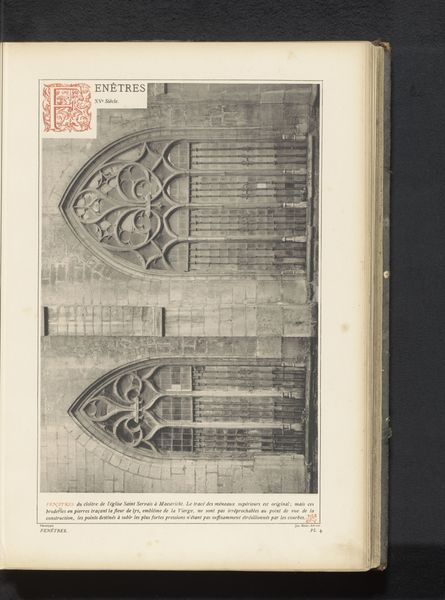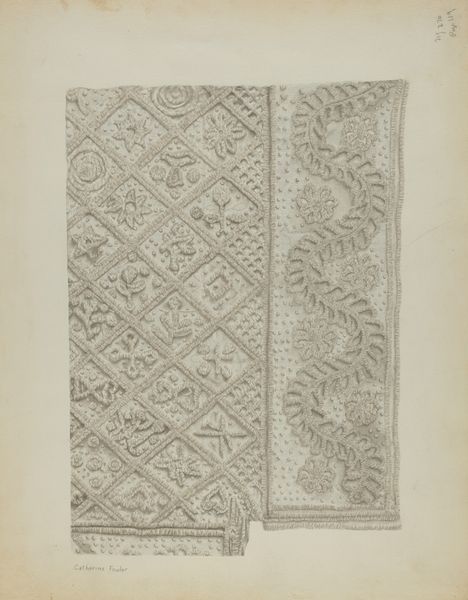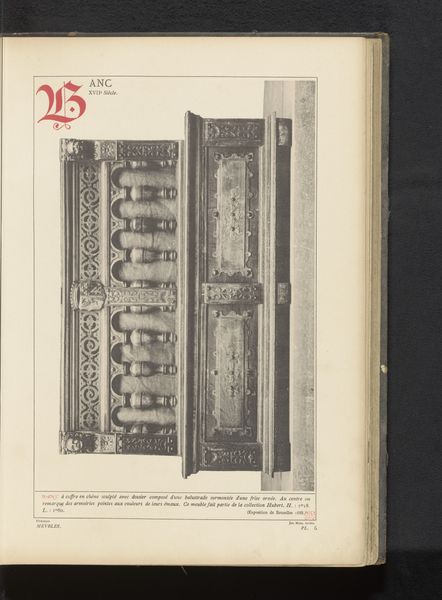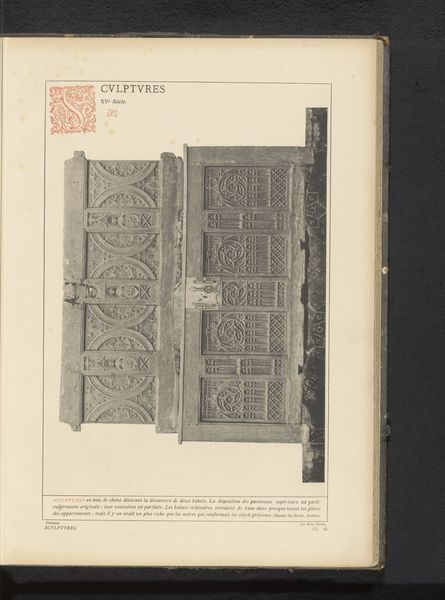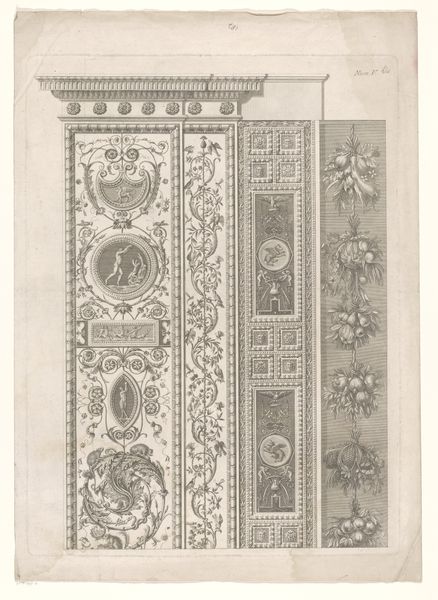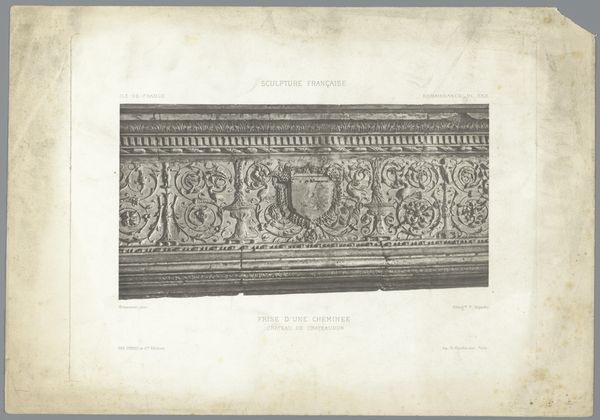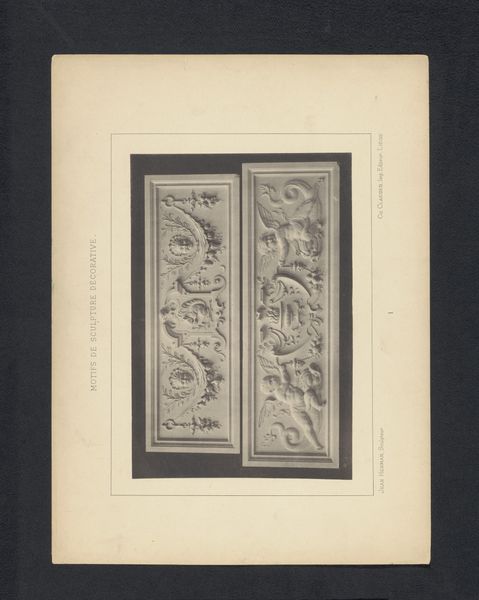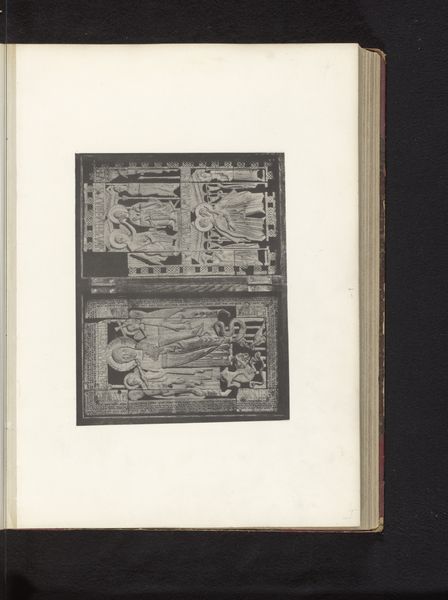
carving, relief, wood, architecture
#
medieval
#
carving
#
relief
#
wood
#
decorative-art
#
architecture
Dimensions: height 231 mm, width 288 mm
Copyright: Rijks Museum: Open Domain
Editor: Here we have an image of an oak choir stall dating back to before 1887, showcasing detailed carving and relief work. The use of wood gives it such a strong sense of history, doesn't it? What strikes me is the contrast between the rigid structure and the flowing patterns within each panel. What's your take on this piece? Curator: It's interesting that you focus on that tension. These choir stalls, often found in religious spaces, served to physically embody hierarchies. The carving, while beautiful, wasn’t just decorative; it reinforced a system of power and privilege. Consider the labor that went into such intricate work, likely by artisans who weren’t afforded the same status as those who would occupy the stalls. Do you think it invites questions about whose voices are amplified and whose are silenced? Editor: That’s a compelling point I hadn’t considered. So, the craftsmanship itself, however beautiful, can be seen as a product of unequal power dynamics. Is that fair to say? Curator: Precisely. And looking at the imagery itself, do we see symbols of empowerment or rather reiterations of societal expectations, especially considering who these spaces historically served? This directs us to consider issues of accessibility, exclusion, and the stories these objects are preserving and propagating. Editor: That shifts my perception quite a bit. Now, I see less an object of beauty and more an artifact of a complex social structure, silently upholding certain power structures. Curator: Exactly. Seeing art this way opens up possibilities for crucial dialogues about historical power dynamics in present times. What was meant to be imposing, now can teach, fostering an understanding of historical legacies we still must consider.
Comments
No comments
Be the first to comment and join the conversation on the ultimate creative platform.
